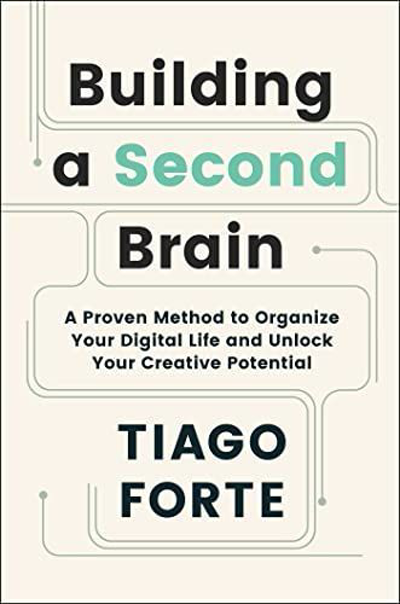
There are few books about commonplace books, despite being a key element of successful nonfiction authors. Building a Second Brain builds on this long-lasting technique to introduce his system CODE (Collect, Organize, Distill, Express), which puts in perspective the same old ideas to better understand their potential.
The author focuses on building a digital collection of notes. Principles apply to any note-taking application, and as the author mentions, trusting the process is always preferable to finding the “best” tool.
I appreciate how the author modernizes the classic idea not just for writers but for any knowledge workers. You can store illustrations, sounds, or anything that resonate with you to produce any kind of work. Your second brain is a great tool to act.
I recently read the excellent How to Take Smart Notes, which is cited in this book. I still find it more inspiring than Building a Second Brain but it narrows too much the usability of the commonplace book to students, researchers, or writers. Building a Second Brain goes a step beyond. It will help you survive the increasing flow of information and make the most of it to create something new. Indispensable.
